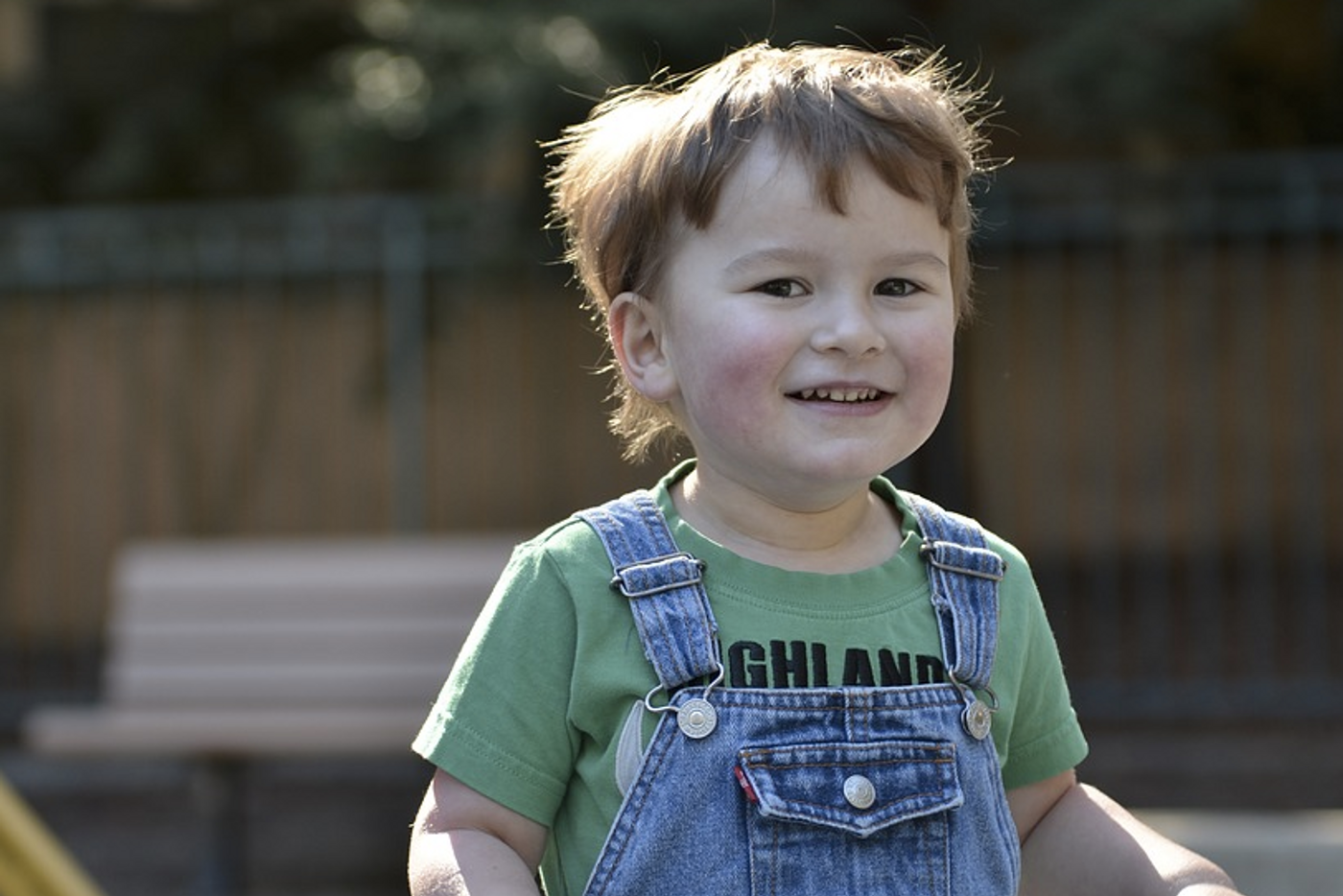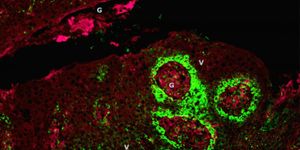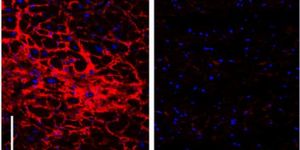Why Kids with Autism are Less Social Than Their Peers
Kids with autism are less social, and one researcher adapted a common game to learn more about why. Katherine Stavropoulos is a clinical psychologist and an assistant professor of special education in the Graduate School of Education at the University of California, Riverside. She analyzes electrical activity in the reward systems in the brains of kids with autism spectrum disorder (ASD) and those with typical development (TD). The findings were reported in Molecular Autism.
Various explanations have been proposed over the years. A popular theory called the social motivation hypothesis posits that ASD kids aren’t neurologically gratified by interactions with peers, making them less motivated to seek to interact like TD kids are.
"Most of us get a hit of dopamine when we interact with other people, whether it's through making eye contact or sharing something good that's happened to us -- it feels good to be social," Stavropoulos explained. "The social motivation hypothesis says kids with autism don't get that same reward from social interaction, so they don't go out of their way to engage with people because it's not rewarding for them."
Another possible explanation is sensory over-responsivity or the overly intense world hypothesis. If sensory input is interpreted with a different intensity by ASD kids compared to their TD peers, interactions may be unpleasant, and they will be avoided.
"Kids with autism often find noises too loud or lights too bright, or they find them not intense enough," Stavropoulos said. "Most of us wouldn't want to talk to someone whom we perceive as screaming, especially in a room that was already too bright, with ambient noise that was already too loud." It may not be one or the other theory, however,. Stavropolous noted that they might co-exist.
Stavropoulos and UC San Diego's Leslie Carver used a guessing game simulation that provided nonsocial and social rewards, studying the neural activity of 43 children aged seven to ten. Of the subjects, 23 of were typical, and 20 were on the autism spectrum. Like in a ‘pick-a-hand’ guessing game, pairs of boxes containing question marks were shown; the child chose one they thought was right (though that was randomized in the experiment).
Electrodes provided data about the neural reactions the kids had to reward anticipation before the child knew whether the right answer was selected, and reward processing, the time just after.
"We structured the game so that the kids would pick an answer, and then there would be a brief pause," explained Stavropoulos. "It was during that pause that the kids would begin to wonder, 'Did I get it?' and we could observe them getting excited; the more rewarding something is to a person, the more that anticipation builds."
In the social portion of the test, the ‘right’ box choice would show a smiley face while the ‘wrong’ selection produced a frown. In the nonsocial test portion, the answers were followed by arrows that pointed up for right and down for wrong.
"After the kids saw whether they were right or wrong, we were then able to observe the post-stimulus reward-related activity," said Stavropoulos.
They found that while TD kids anticipated social rewards, ASD kids had less anticipation; those with the most severe ASD anticipated the arrows the most. After the participant learned of the right or wrong nature of their choice, TD kids had more reward-related brain activity. ASD kids showed more attention-related activity than typical peers. Stavropoulos suggested that may be linked to sensory overload in ASD kids.
Additionally, the autism group had stronger responsiveness to positive social feedback. That may indicate sensory over-responsibility, said Stavropoulos, when ASD kids are overwhelmed by social feedback. Stavropoulos said the data support both the social motivation as well as the overly intense world hypothesis.
"Kids with autism might not be as rewarded by social interactions as typically developing kids are, but that doesn't mean their reward systems are entirely broken," she added. "This research makes the case for developing clinical interventions that help children with autism better understand the reward value of other people - to slowly teach these kids that interacting with others can be rewarding.
"But, it is critical to do this while being sensitive to these kids' sensory experiences," she cautioned. "We don't want to overwhelm them, or make them feel sensory overload. It's a delicate balance between making social interactions rewarding while being aware of how loudly we speak, how excited our voices sound, and how bright the lights are."
Sources: AAAS/Eurekalert! via UCR, Molecular Autism









